Lost (or Found) in Translation - Imagining Imaging
We assume here nearly every photograph begins with some sentient vision of a desired image. This vision can range from extreme sophistication to whatever provokes a reflexive shutter release. It includes both high art and low expectations. It certainly encompasses visions of “just of” subjects. (“Just of” photos often appear to be “about nothing,” just as “Seinfeld” was a TV show that was -- or perhaps wasn’t -- “about nothing.”)
Whether that vision translates accurately to the resulting image depends on various factors, including skill and luck and, sometimes, equipment. (Inaccurate translations, by the way, aren’t necessarily bad: they may be superior to the vision.) A photographer can control some factors but not others. Imagining the finished image is easier than achieving it.
A few photographers (Cindy Sherman, Anne Leibovitz) control every aspect of their artistic environment. They ambitiously create scenes that fulfill their visions. Their skills allow their cameras to record those scenes accurately. They are actually crafting one-scene off-Broadway stage plays.
The rest of us mostly take pictures of what’s there, whether the subjects are landscapes, candids, portraits, wildlife, street scenes, sports, or architecture. Photojournalists are ethically limited to depicting what’s there. Photographers can exert some control. They can sometimes improve the camera’s ability to record by choosing a better vantage point, exposing at an optimal time of day, or, more extremely, by traveling to a place with better access to some desirable subject. And, depending on technical and artistic abilities, they can influence -- as through filters, multiple exposures, shutter speeds, lens selection, compositional choice -- what the camera records. For most of us the ultimate control is choosing even whether to take a picture; once the shutter is released the result is largely foregone.
Thus, assuming normal constraints of time, patience, physical ability, and money, the photographer has limited control once the decision is made to take (or “make,” per Ansel Adams) a picture. A very able photographer (like Adams) could optimize his exposures in his large-format cameras, knowing his methods (the fabled Zone System) of exposing and processing film and printing negatives would yield a finished print that would meet his demanding expectations, i.e., his pre-exposure vision of how the final print would look. Photographers using large view cameras were happy if they could expose six or a dozen plates or film sheets a day. Now, even with the luxury of taking countless digital images, what we get depends on what our cameras and computers and printers can do optically and electronically. In the digital age, with few constraints on taking many pictures, the final opportunity for real control lies in the process of selecting a particular image, like picking a puppy from a vast litter of siblings, for study, “development,” and, perhaps, display so others can view it. By then it is usually too late to alter bad composition or fix an error in focusing.
Inaccurate translations that surpassed the vision:
Camera motion and Tiber dusk
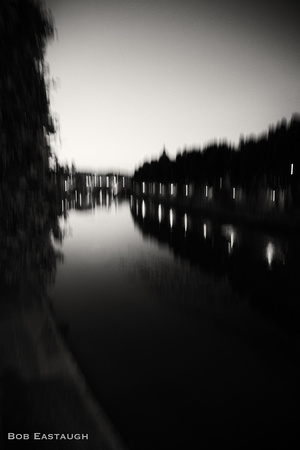

Camera and lens motion and trees in winter
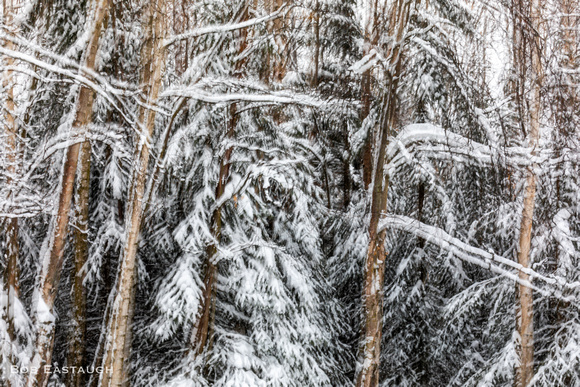

Shooting what's there (structures):




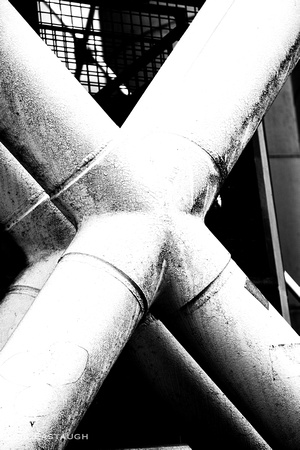







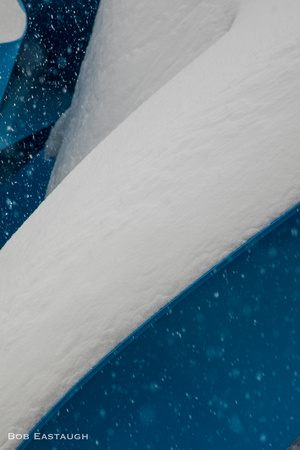

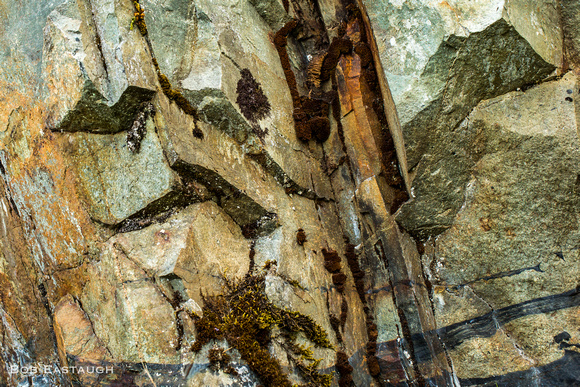



Living colors:




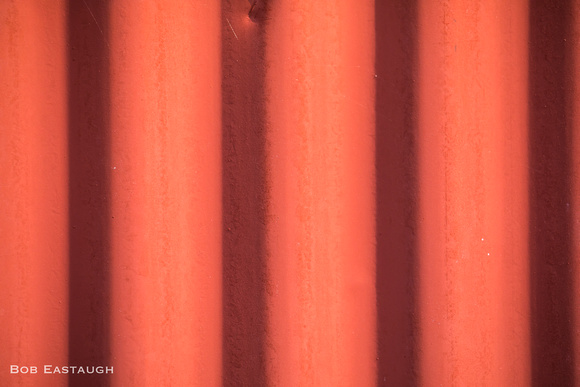



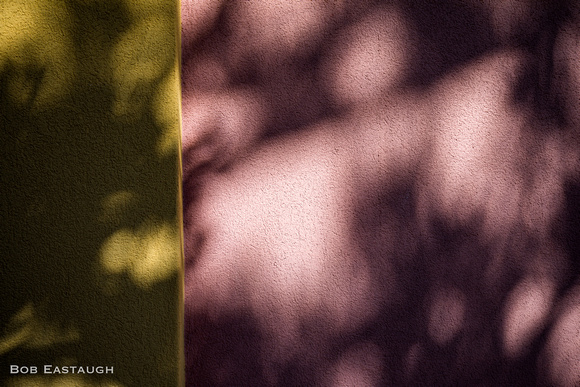

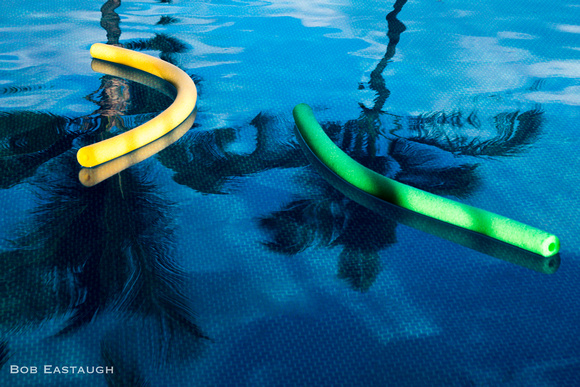



Miscellany:
Great Dane


Colorado snow woman and RBG doll




Ford planter


Self help at the bird feeder


Street (and beach) people:




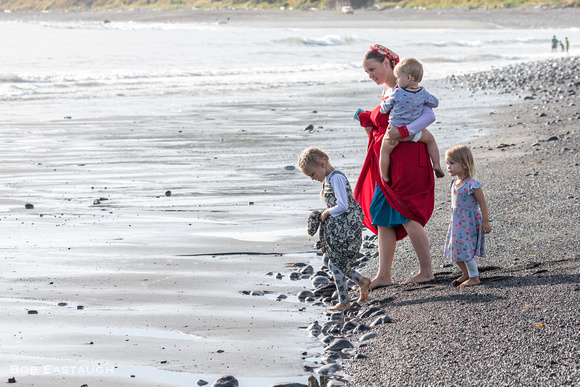

Comments


After a lifetime of mainly expressing myself with words, my postings here will mainly rely on images. They will speak for themselves to some extent, but I'll usually add a few comments of explanation. I've taken photographs for decades, since the 1950's, inspired in part by my father's photographic skill. Four years of photo assignments and quality darkroom time eventually gave way to decades of casual and family picture-taking. I re-immersed myself when I left film and turned to digital.